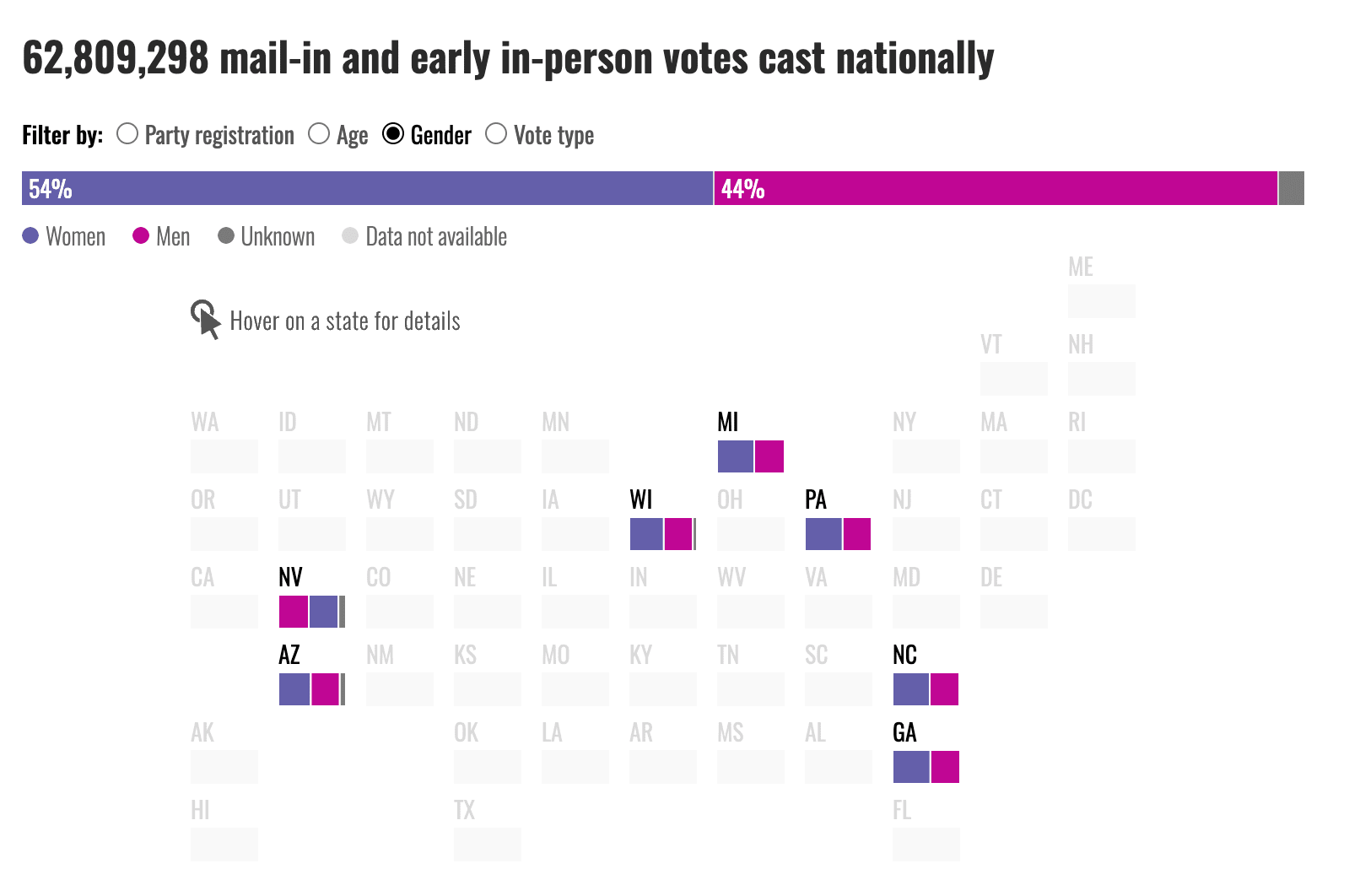
Obama Signed the $787 Billion Stimulus Into Law 10 Years Ago On This Date
How do you feel about the stimulus on its 10th anniversary?
On February 17, 2009, President Barack Obama signed the American Recovery and Reinvestment Act (aka the stimulus bill) into law, which aimed to lessen the impact of the Great Recession by spending $787 billion on economic relief infrastructure, education, and renewable energy programs.
Why did it come up?
The financial crisis of 2007-2008 had a significant impact on the U.S. economy and caused the unemployment rate to jump from 4.6% in August 2007 to 6.5% in October 2008.
Concerns grew about the possibility of a complete collapse of the U.S. financial system, so that month the administration of George W. Bush and a Democratic Congress approved a $700 billion bailout of Wall Street and General Motors ― but the economy continued to deteriorate.
What did the stimulus bill do?
Of the $787 billion the stimulus provided, about $288 billion was focused on tax incentives for individuals, while $144 billion went to financial relief for state and local governments. The remaining $357 billion in spending went to investments in infrastructure and energy efficiency, and funding the extension of unemployment benefits for Americans out of work.
The bill included the following provisions aimed at helping individuals:
- Extended unemployment insurance (the first $2,400 of which was tax free), increased food stamp benefits, and provided a one-time cash payment to recipients of Social Security, and those receiving pensions as veterans or employees of railroads and states.
- Provided $400 tax credits for workers ($800 for couples) in 2009 and 2010, increased the earned income tax credit, and broadened access to the child tax credit.
- It also provided a $1,500 credit for home energy efficiency projects and an $8,000 credit for homes purchased in 2009.
The stimulus included $105 billion that was targeted toward infrastructure projects touted as sources of “shovel ready jobs” by President Obama, including:
- $27.5 billion for highway and bridge construction projects.
- $8 billion for passenger rail projects and another $6.9 billion for new equipment for public transportation projects.
- $7.2 billion for broadband and wireless Internet access expansion.
The stimulus bill divided Congress along party-lines, with Republicans expressing a preference for less government spending and more tax relief. Ultimately the bill passed the House in a 246-183 vote that saw seven Democrats join all Republicans in opposing it, while in the Senate three Republicans joined all Democrats and Independents to approve it 60-38.
President Barack Obama offered the following statement when he signed the stimulus bill into law:
“We have inherited an economic crisis as deep and as dire as any since the Great Depression. Economists from across the spectrum have warned that failure to act quickly would lead to the disappearance of millions of more jobs and national unemployment rates that could be in the double digits… However, with this Act we begin the process of restoring the economy and making America a stronger and more prosperous nation.”
The Obama administration established a website, Recovery.gov, to allow the public to track funding for projects and put Vice President Joe Biden in charge of oversight. In the summer of 2009, Biden told a roundtable of business leaders that "we know some of this money is going to be wasted" but that "our credibility depends on transparency".
What has its impact been?
Hopes that the stimulus would stem the tide of job losses were quickly dashed, as the unemployment rate rose from 8.3% in February 2009 to a peak of 10% in October of that year. The unemployment rate didn’t drop below 9% again until September 2011. During the debate prior to the bill’s passage, the Obama administration touted projections that if the stimulus were enacted the unemployment rate wouldn’t exceed 8% and would’ve been under 7% by September 2011.
Supporters of the stimulus argue the recession was deeper than anticipated and that the bill kept the unemployment picture from getting even worse than it could’ve been. There were also steeper regulatory challenges to implementing many of the stimulus’s provisions than were anticipated, causing President Obama to remark at a Jobs Council meeting that “shovel ready was not as shovel ready as we’d expected.”
The stimulus package has also been criticized for some of the investments it made that didn't pan out. For example, a solar panel manufacturing company known as Solyndra was awarded the first federally-guaranteed loan under a renewable energy program funded by the stimulus, to the tune of $535 million in September 2009. Despite receiving $500 million of that loan over the course of the following two years, Solyndra ceased operations and filed for bankruptcy in September 2011.
The Congressional Budget Office (CBO) was required by the bill to periodically report on the impact of the stimulus, and found its effect on employment began to decline at the end of 2010 and continued to do so through 2014. In Q4 of 2010, the CBO estimated that the stimulus supported between 0.9 and 4.9 million full-time equivalent jobs ― by late 2014 that figure dropped to less than 0.1 million.
— Eric Revell
(Photo Credit: Pete Souza / Public Domain)
The Latest
-
 The Long Arc: Taking Action in Times of Change“Change does not roll in on the wheels of inevitability, but comes through continuous struggle.” Martin Luther King Jr. Today in read more... Advocacy
The Long Arc: Taking Action in Times of Change“Change does not roll in on the wheels of inevitability, but comes through continuous struggle.” Martin Luther King Jr. Today in read more... Advocacy -
 Thousands Displaced as Climate Change Fuels Wildfire Catastrophe in Los AngelesIt's been a week of unprecedented destruction in Los Angeles. So far the Palisades, Eaton and other fires have burned 35,000 read more... Environment
Thousands Displaced as Climate Change Fuels Wildfire Catastrophe in Los AngelesIt's been a week of unprecedented destruction in Los Angeles. So far the Palisades, Eaton and other fires have burned 35,000 read more... Environment -
 Puberty, Privacy, and PolicyOn December 11, the Montana Supreme Court temporarily blocked SB99 , a law that sought to ban gender-affirming care for read more... Families
Puberty, Privacy, and PolicyOn December 11, the Montana Supreme Court temporarily blocked SB99 , a law that sought to ban gender-affirming care for read more... Families -
 Women Are Shaping This Election — Why Is the Media Missing It?As we reflect on the media coverage of this election season, it’s clear that mainstream outlets have zeroed in on the usual read more... Elections
Women Are Shaping This Election — Why Is the Media Missing It?As we reflect on the media coverage of this election season, it’s clear that mainstream outlets have zeroed in on the usual read more... Elections
 Climate & Consumption
Climate & Consumption
 Health & Hunger
Health & Hunger
 Politics & Policy
Politics & Policy
 Safety & Security
Safety & Security
